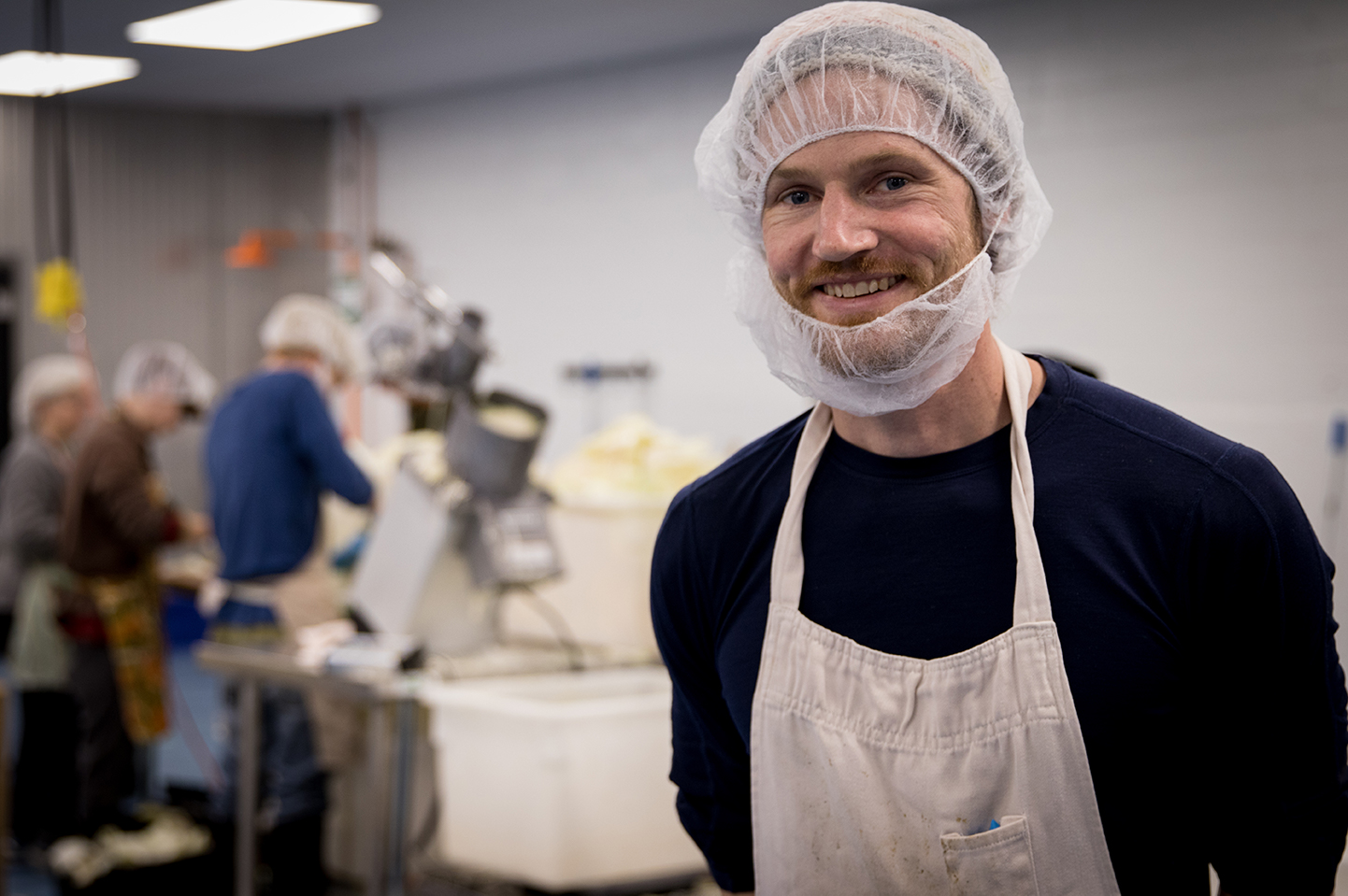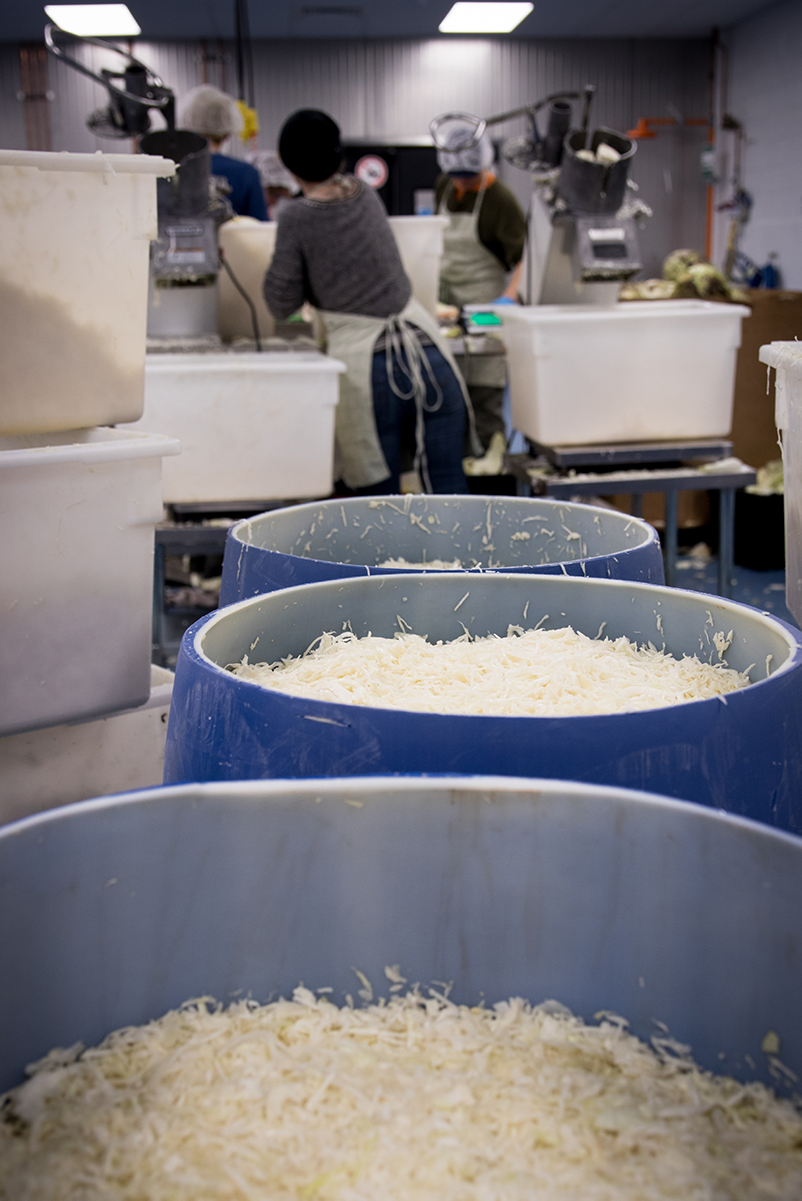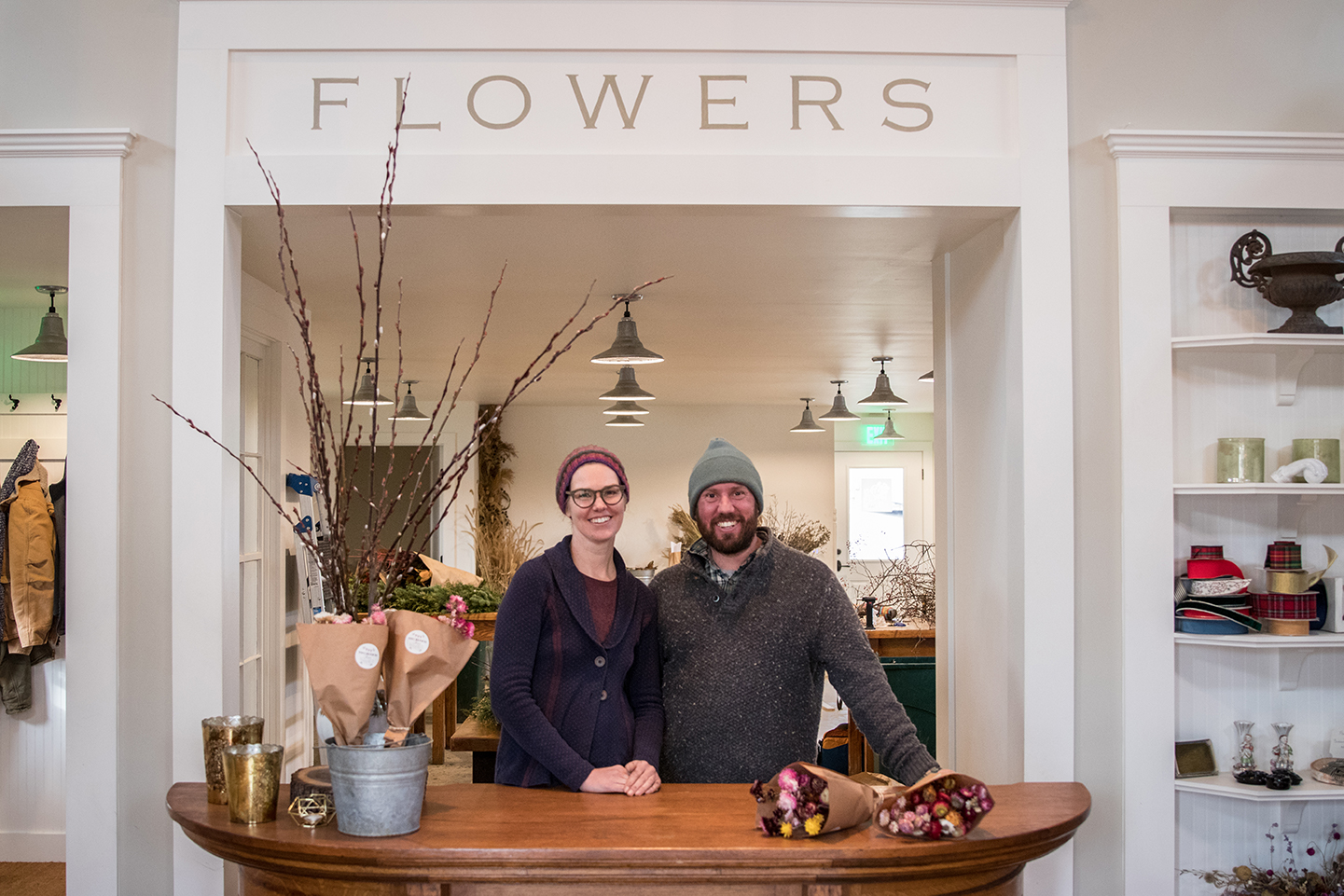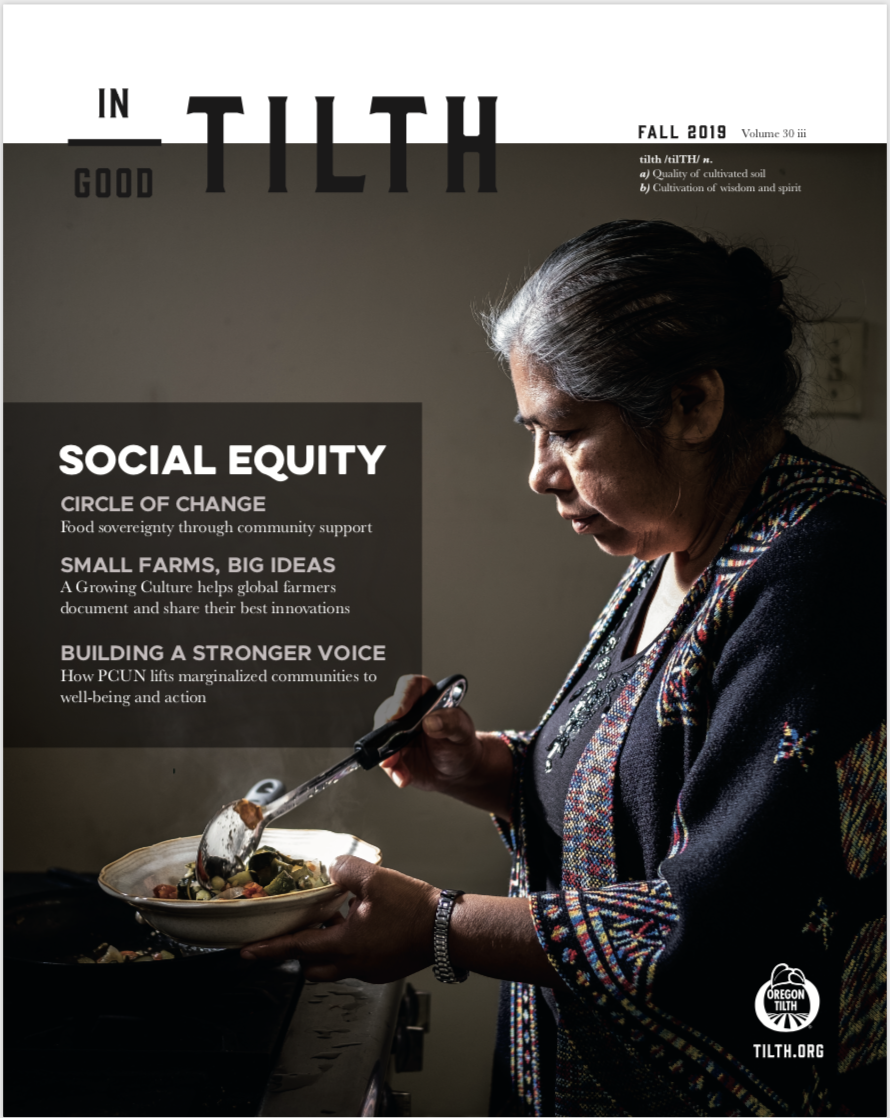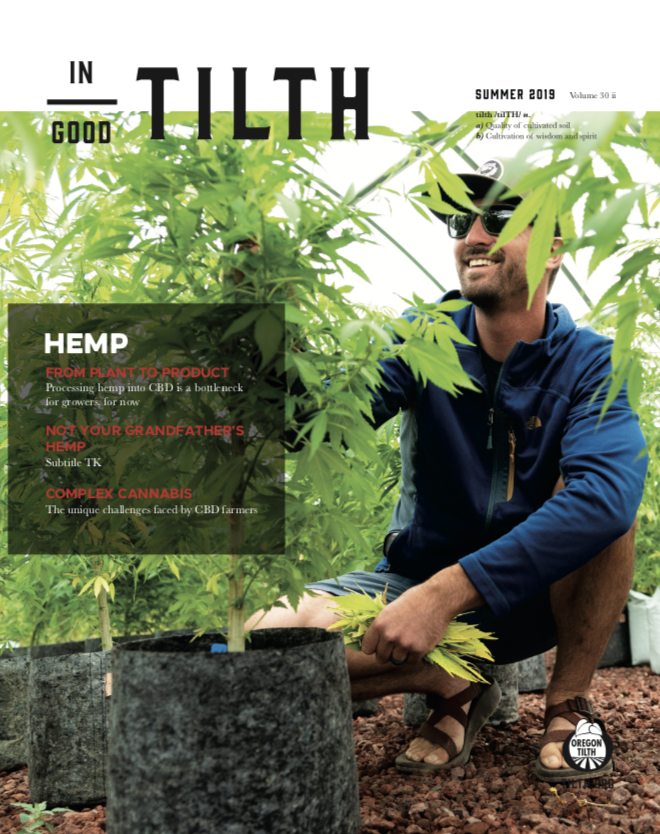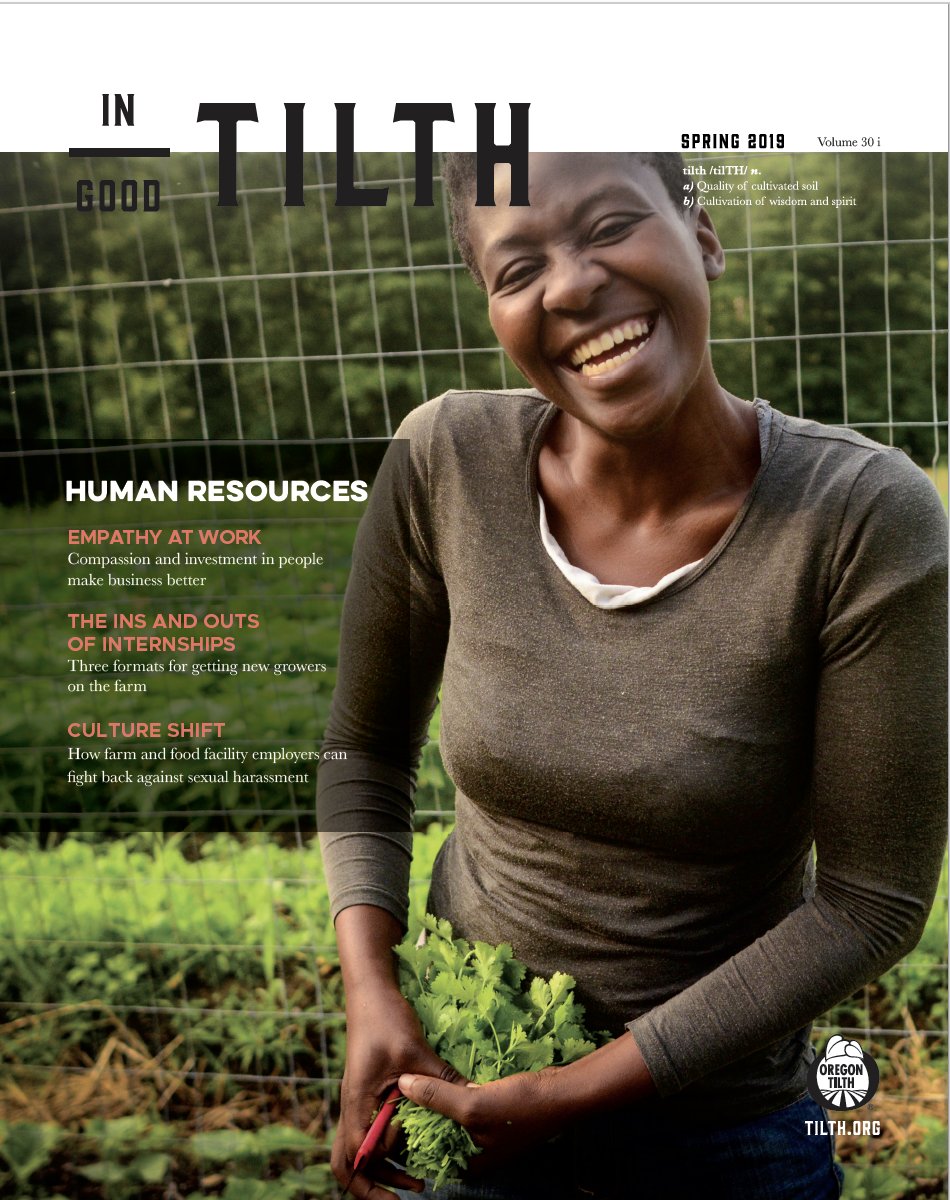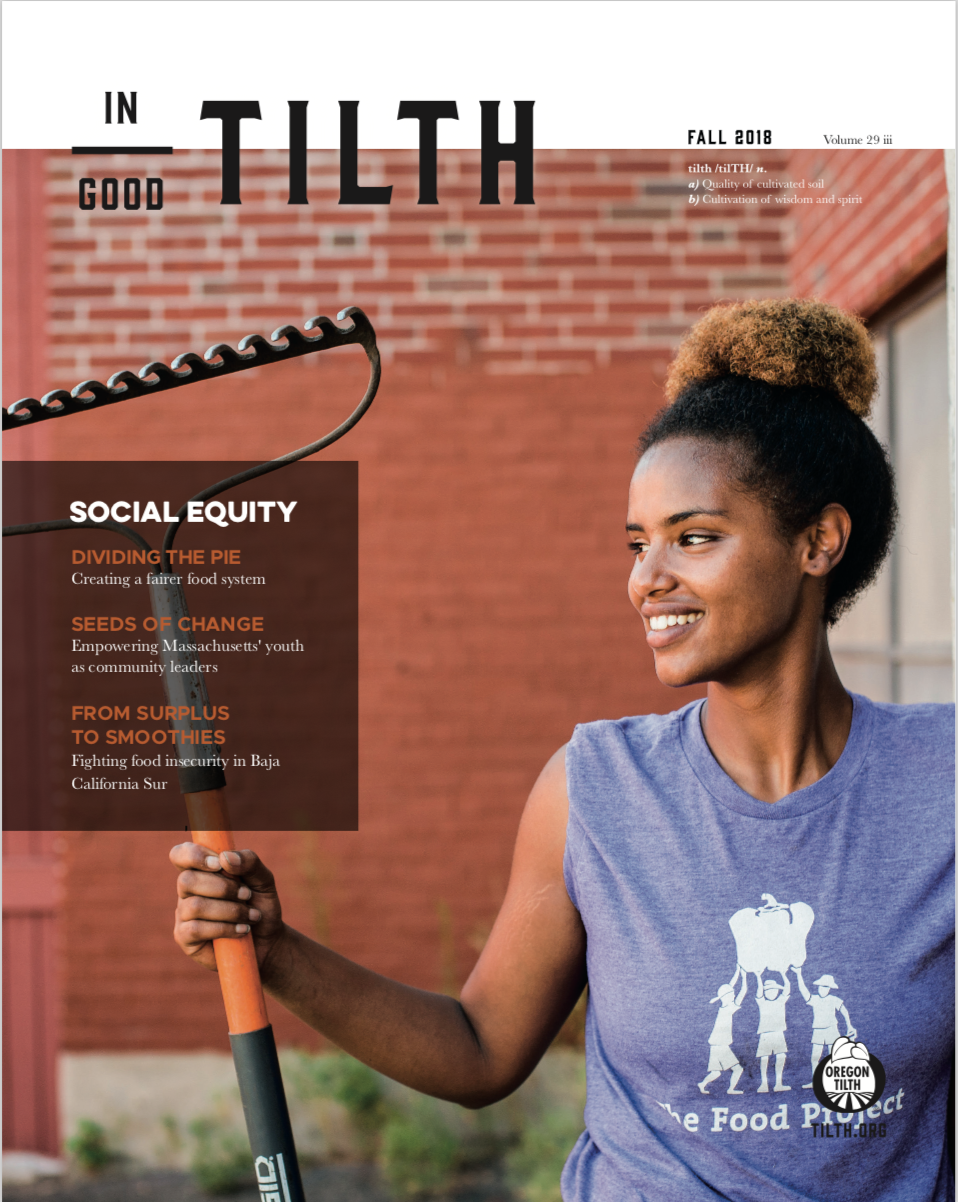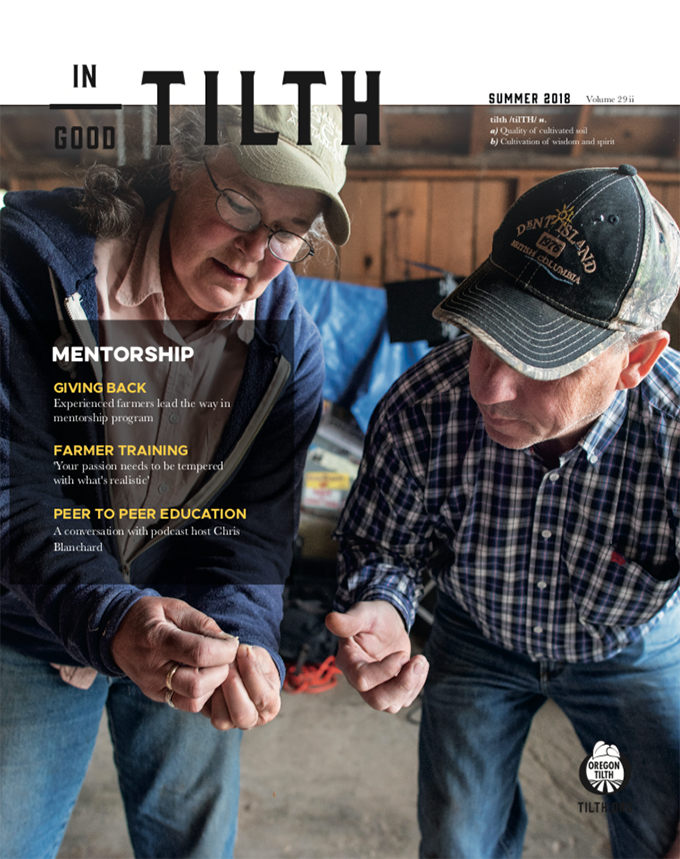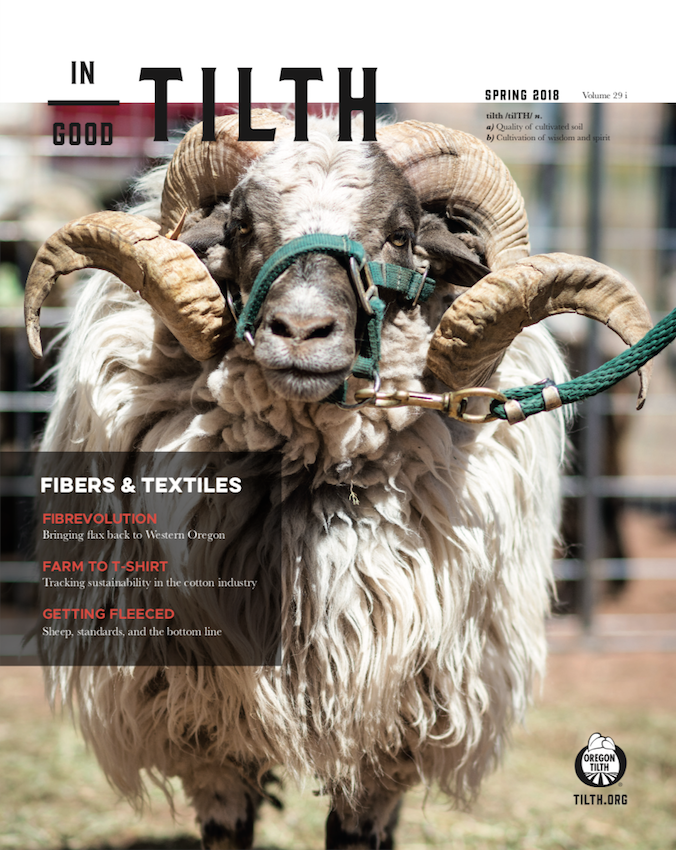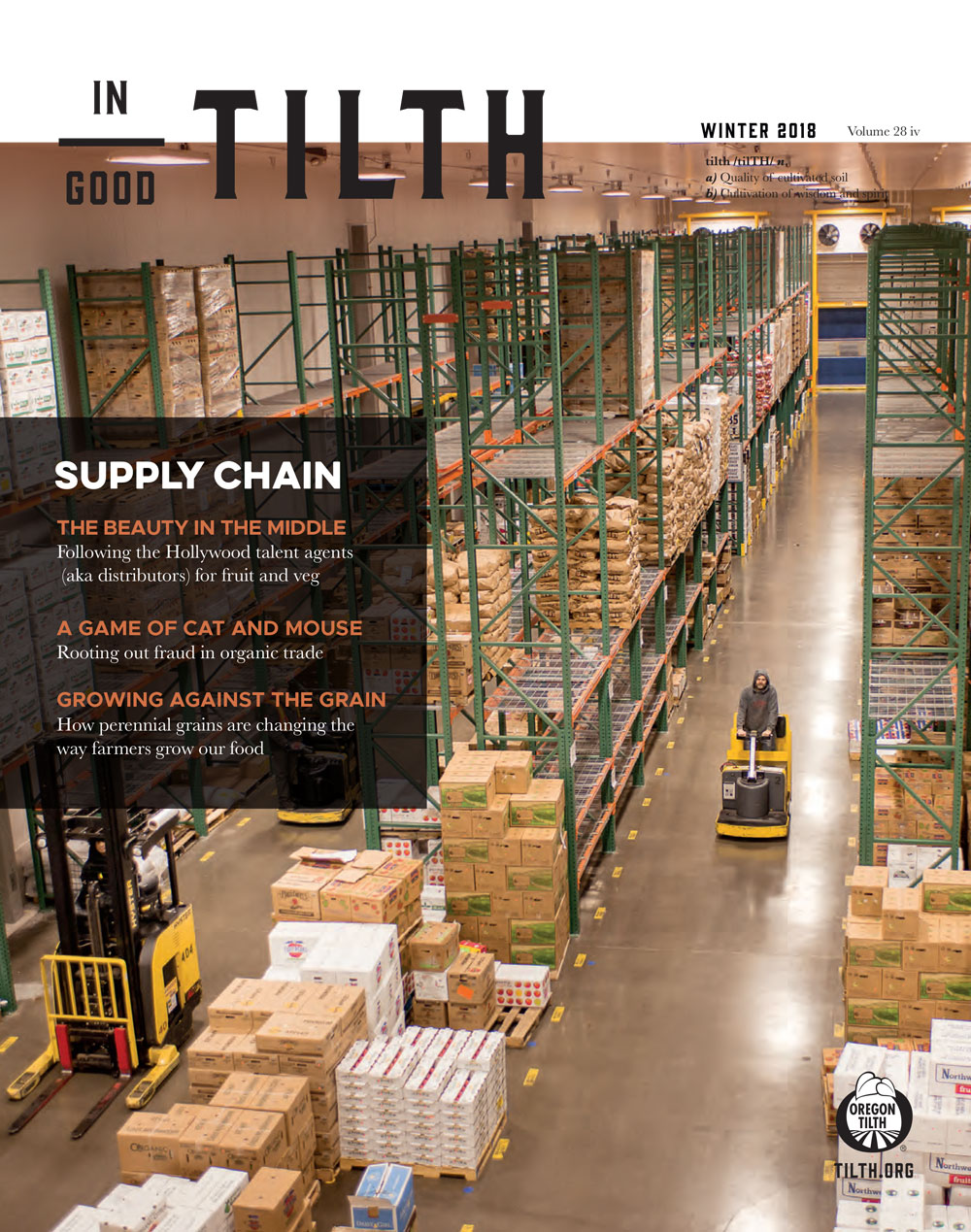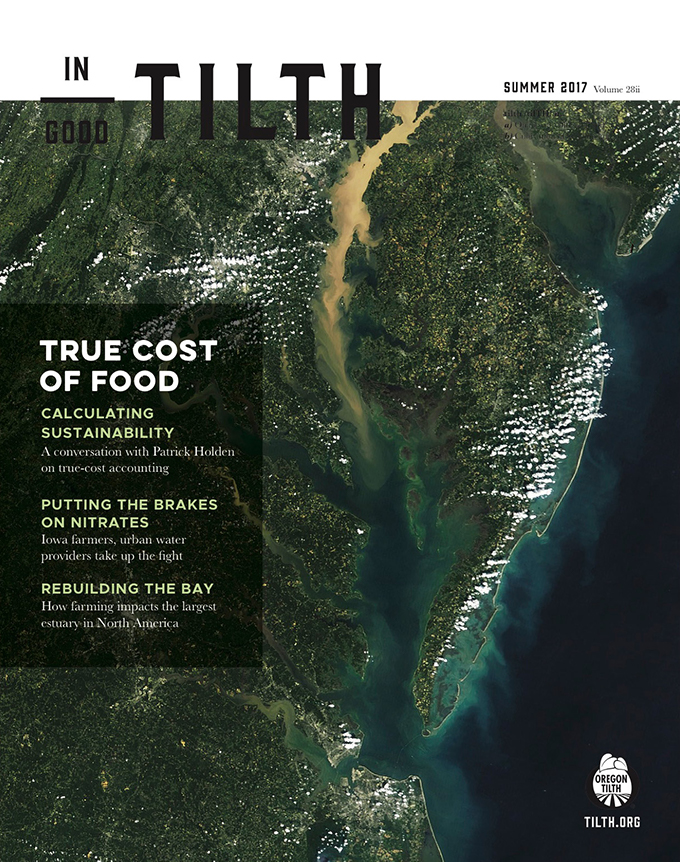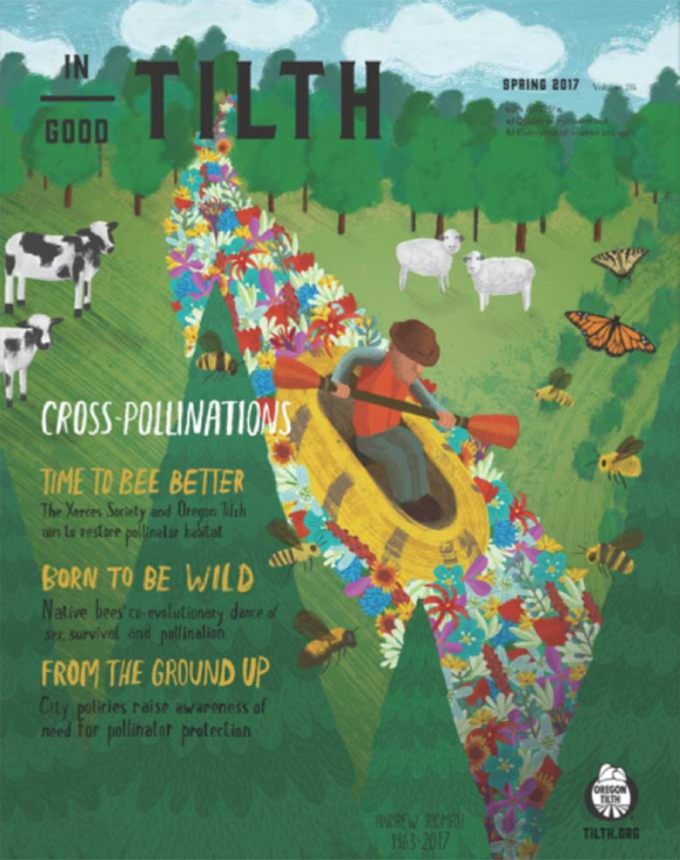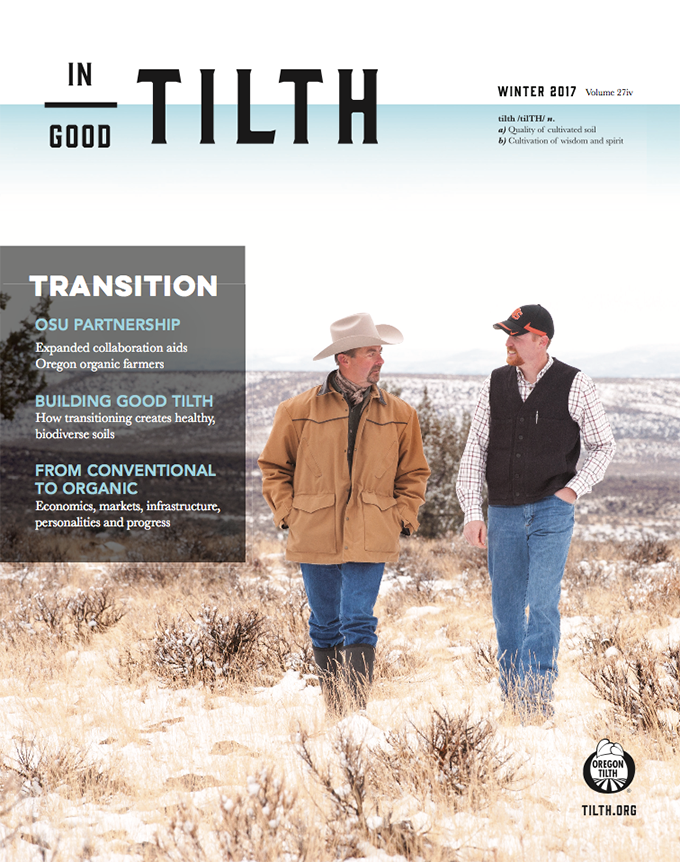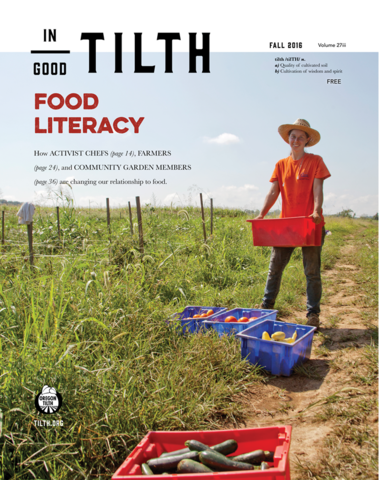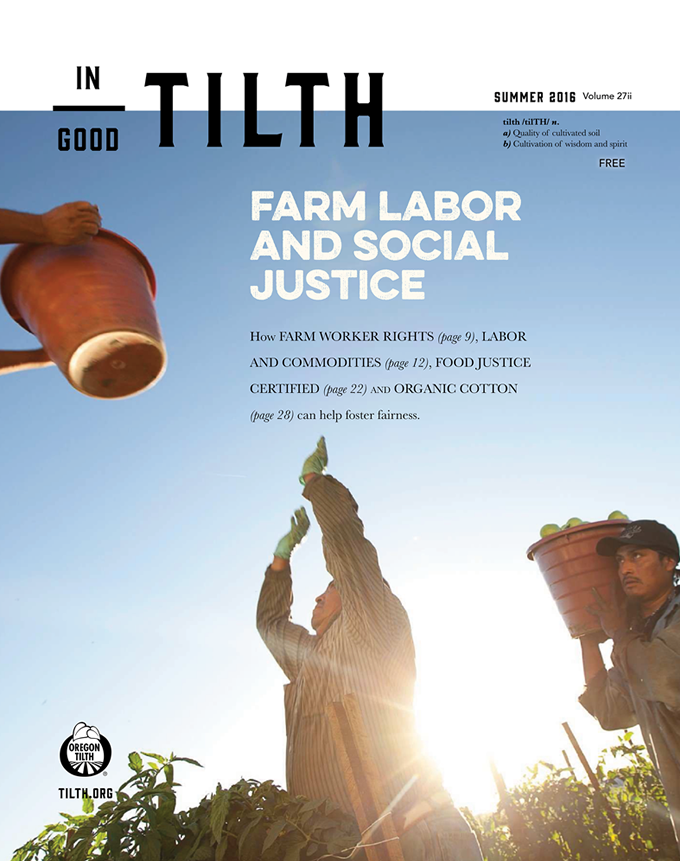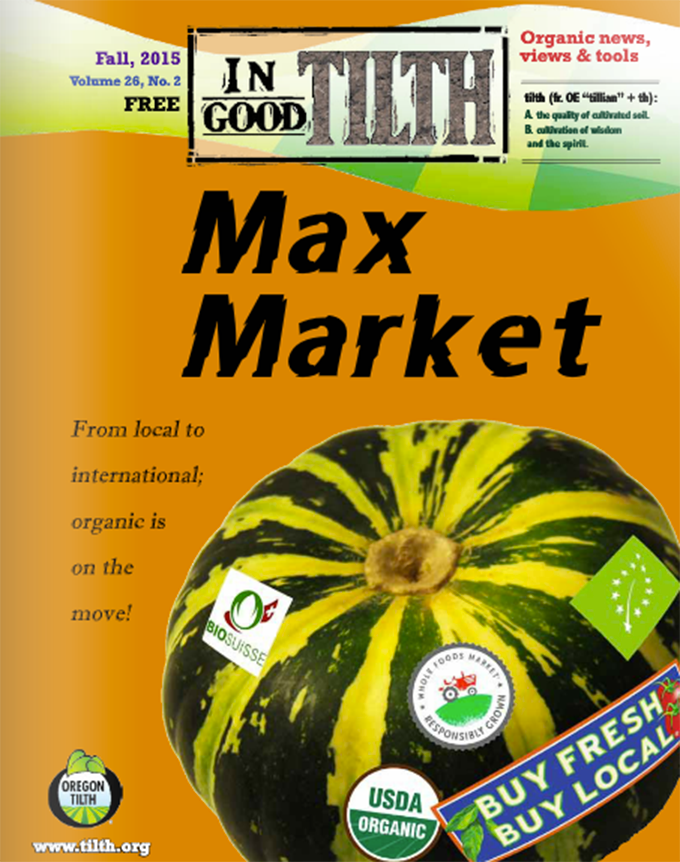It’s hard to make it as a farmer. The costs farmers incur and the prices they command can swing wildly from year to year. So does the weather. To get by, they must think creatively about how to keep their balance sheets in the black.
Some find that adding new sources of income can strengthen the long-term viability of their businesses. Diversification strategies are often simple, like expanding crop offerings or bundling produce into a CSA to reach a different clientele. More elaborate and expensive schemes such as event hosting, or expanding into value-added products like jams or pickles, can provide new revenue streams with fatter profit margins.
Diversification is no silver bullet, though. Getting a new revenue stream up and running can come with significant up-front costs, and it’s not always clear if the investment will pay off. It’s also easy to underestimate the amount of time and labor it may take to get a new revenue stream off the ground. Small farmers — already wearing too many hats — can find themselves stretched thin.
If done right, however, diversifying revenue streams can help squeeze more value out of existing land and infrastructure and smooth seasonal cash flow issues. New products reach new customers and raise the visibility of the business as a whole.
Preserving the Business
As partners and owners of the small, locally sourced fermented vegetable business Hosta Hill in the Berkshire mountains of Massachusetts, Maddie Elling and Abe Hunrichs have brought quite a few products to market over the years.
“Abe and I started in 2011 … we were raising some pigs and turkeys, brewing beer, making sauerkraut,” Elling said. “We were also growing vegetables on a very small scale.”
As Hosta Hill matured out of its everything-but-the-kitchen-sink experimentation phase, it zeroed in on the fermented vegetables that are now its main business. The couple raised money to build a licensed commercial kitchen.
About three, four years into it, that’s when we narrowed in on the vegetable ferments and the tempeh,” said Elling. “We were meeting with a business advisor … he said, ‘Write a business plan, come up with a five-year plan, look at your numbers.’ That’s when we fine-tuned some stuff: Where do we want to go with this? Do we want to sell just in the markets? Do we want to expand into the Northeast? When we got our commercial kitchen, the goal was to go wholesale.
“It was the goal that we were going to scale up the farm to grow all the vegetables for our products,” said Elling. “The idea was: how cool would it be to grow these vegetables, and also make these products and have this continuous cycle of growing and processing a truly value-added product?”
This vertical integration could ensure a supply of the specific vegetable varieties best suited to their fermentation process while maintaining the sustainable, local sourcing that is a core part of their mission.
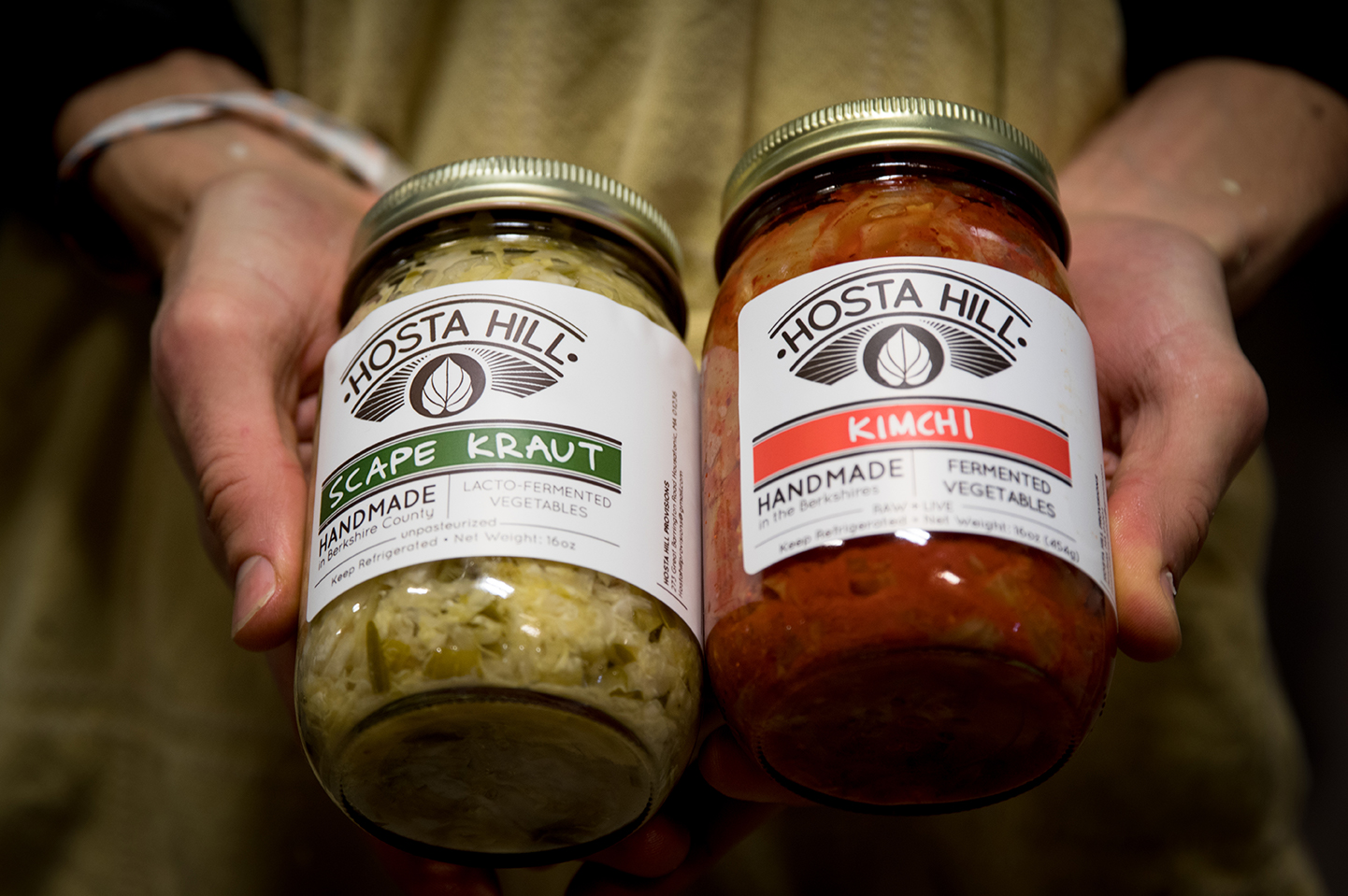
However, as the fermented products continued to drive revenues and farm production trailed behind, Hosta Hill decided to put a pause on farming, particularly after Elling and Hunrichs found out they had a baby on the way.
“We knew we were scaling up. We knew we were moving into a new facility. We wanted to really grow the business, grow the sales,” said Elling. “So we decided to pause the farming; we’re growing our family and the business — that’s enough for right now.”
The expansion of Hosta Hill’s ferments production and distribution took significant time to work out, and there simply wasn’t time to manage a field full of disappointing cabbages on top of their growing business and family.
“Between trying to be farmers and trying to run a business, we were trying to run two separate businesses,” said Elling. “I see some farmers on the path to burnout, just in reaction mode, working themselves to the bone, and not evaluating their numbers to see what’s working and what’s not.”
Hosta Hill has been growing quickly, and just moved into a new, bigger facility this past year. It now sources on contract from local, sustainable farms, but Elling maintains that a return to farming is still in the cards, at a less hectic time.
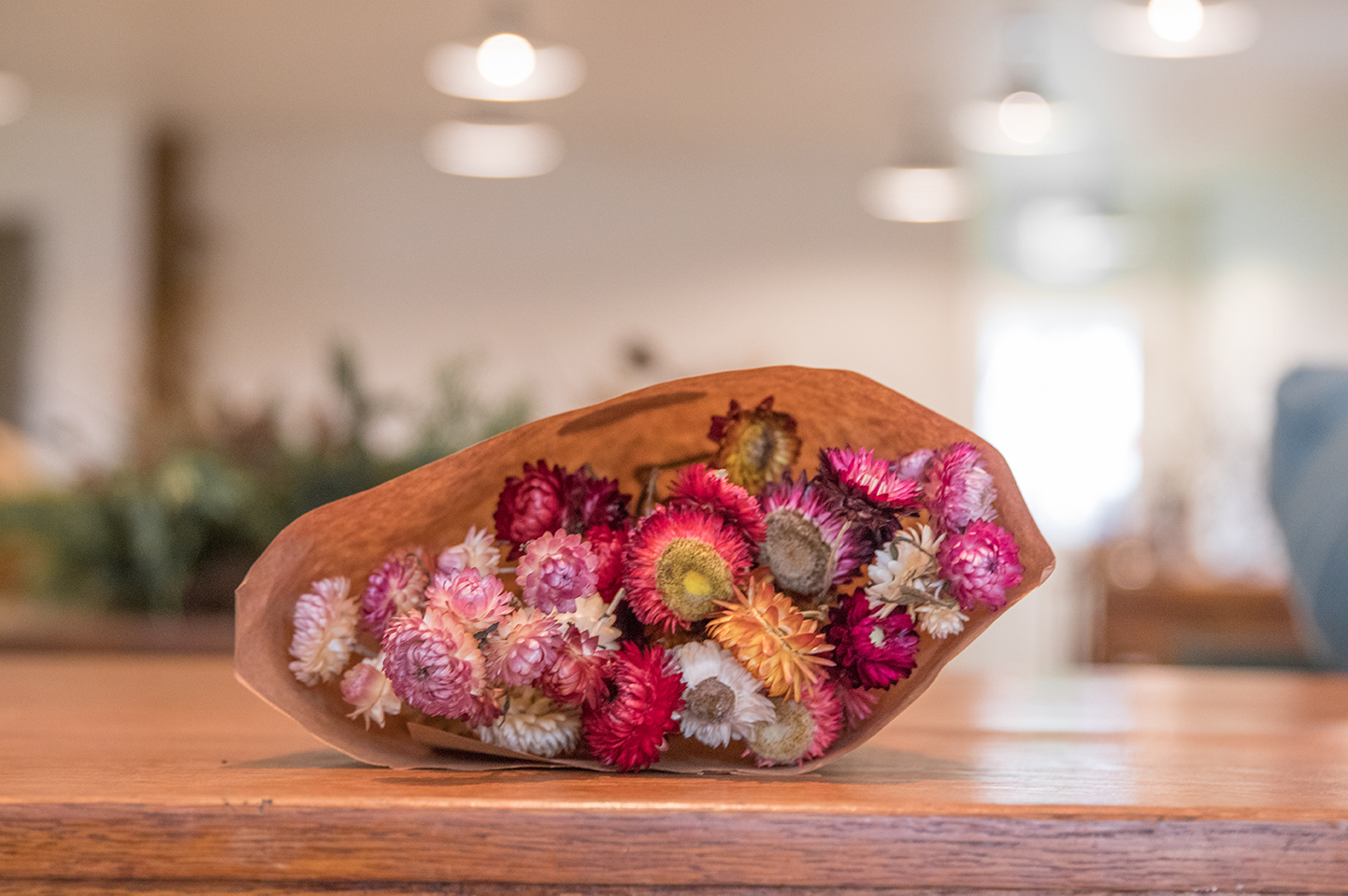
A blooming business
A strong pine fragrance greeted me as I walked into the Tiny Hearts Flower Shop in Hillsdale, New York, as co-owner Jenny Elliott prepared materials for a Christmas wreath-making class. This shop, which just opened six months ago, is a grand leap into a whole new business model for Elliott and her partner Luke Franco, who are primarily farmers at Tiny Hearts Flower Farm down the road in Copake, New York.
The flower shop wasn’t always part of the plan, but Elliott and Franco have always been nimble in adjusting their business model to suit the realities of the market. Like Elling and Hunrichs at Hosta Hill, they explored several products and felt out demand at farmers markets, selling vegetables before settling on flowers, which had better margins and less competition. Elliott and Franco moved Tiny Hearts Farm up to Copake and began farming on a long-term lease at the Copake Agricultural Center. Since then, the two have steadily grown their offerings, sales and land under till.
As business picked up, Tiny Hearts was approached by a local landlord interested in opening a flower shop. At first, they were hesitant, troubled by the same concerns that led Hosta Hill to pause their farming operation.
“The downsides of the shop are the downsides of adding any new arm to your business,” said Elliott. “It’s expensive, you need to put the money up up-front, it requires a lot more labor, and it puts a lot more stress on all of your resources. We’re experiencing all of that. We had to take out a lot more loans to open it up.”
Ultimately, though, Elliott saw the opportunity to grow the Tiny Hearts’ business and upgrade the brand by opening a shop.
“We were seeing steady growth in the weddings and events business, and it was obvious that the flower shop could only help that business,” said Elliott. “Just having a brick-and-mortar place that people could see, could come into — it’s beautiful in there. It lends us some legitimacy. Even though we’re doing the same work with the same flowers, if a bride comes into our mucky, dark barn, or comes to visit us in this beautiful shop with lofty ceilings and chandeliers, she gets a really different experience and a really different view of what we do here.”
In addition to boosting established business, Elliott sees the flower shop as a vehicle for expanding into new revenue streams.
“The flower shop can bring in so many different types of revenues,” said Elliott. “We have a beautiful workshop in the back, so we’ve done a couple floral design classes there, and we’re going to do more … We’re also thinking about renting out the studio. Florists come up from NYC to do weddings in the Hudson Valley and need a space to work in. So I think there’s a potential for renting it out.”
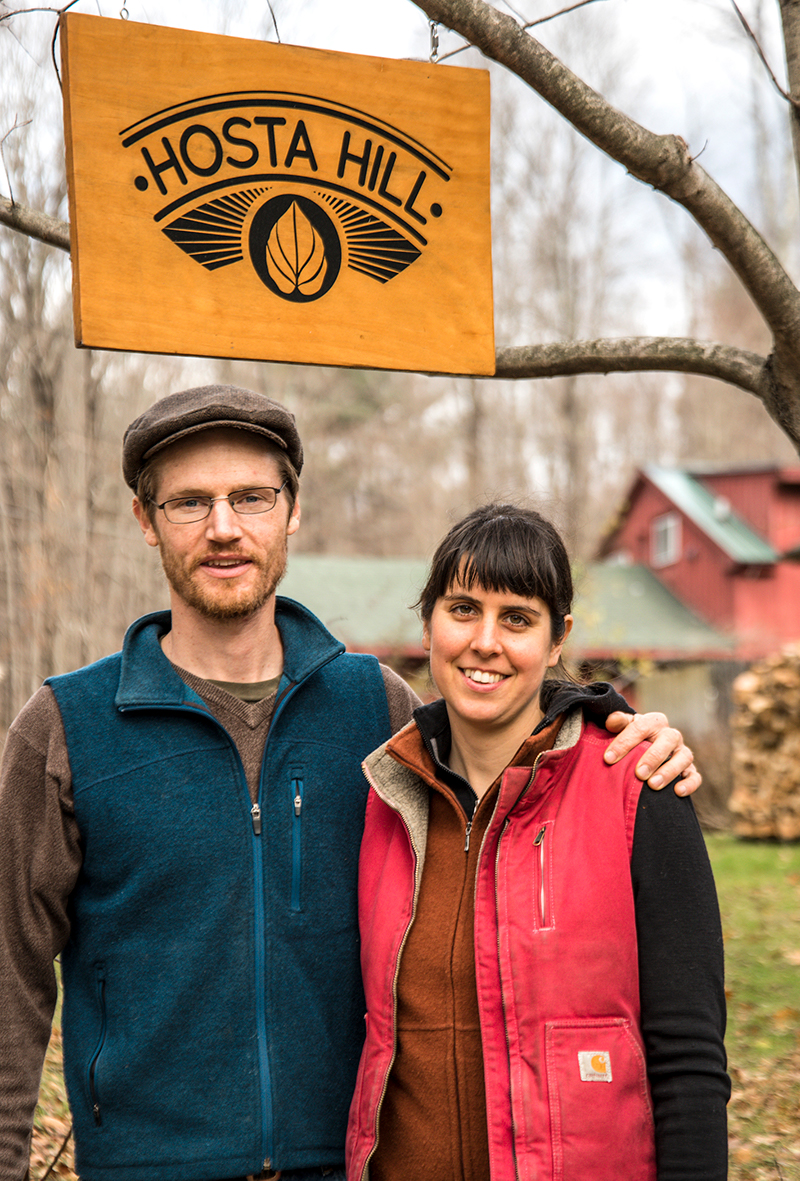
Threading the needle
Narendra Varma, co-owner of Our Table Cooperative in Sherwood, Oregon, knows about the trials and tribulations of diversification all too well. His farm and cooperative market have been through the ringer — expanding into new revenue streams, cutting losses when they don’t pay off, constantly tinkering with the business model to stay viable while still focusing on his core mission of providing local, healthful, sustainable food.
“In theory, diversification should stabilize revenue over the year, but I’m not sure it does in practice,” said Varma. “All of these pieces add cost and add distraction as well; so it’s never as simple as that. There’s a reason why they teach you in business schools to focus on the one thing you do well and to only do that.
“In the farm world, it’s become very popular to talk about value-added products,” Varma continued. “Even something as simple as a frozen berry: when I sell a fresh berry, I sell it. It’s done, even if I’m not happy about the price. Whereas if I store it as a frozen product, every single day that I store it, it’s adding cost. So value-added production often just becomes cost-added production.”
Elling at Hosta Hill took a similar view. “Why stress out about that thing that’s not working? Let it go if it’s not profitable,” she said.
But even when a new venture is not hemorrhaging money, farmers and business owners must consider whether it’s worth the time, or even the hassle and stress. That’s ultimately what led Elling to pause farm production.
“If it’s profitable or not, if it’s stressing you out and you hate it, why are you doing it?” she said. “It’s a balance, how you want to run your life and your business.”
Good diversification strategies capitalize on existing strengths, like using land, crops or infrastructure a farmer already has. Additional revenue streams are best when they build off the business’ knowledge and customer base. They make sense on paper and also fit into the lifestyle the farmer wants. It’s a difficult needle to thread, but the payoff can be enormous.

